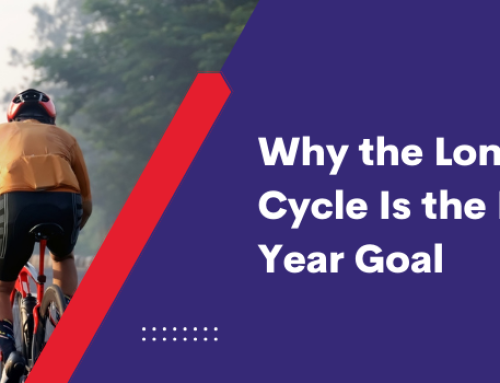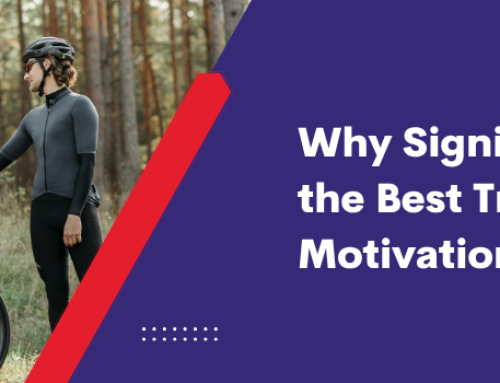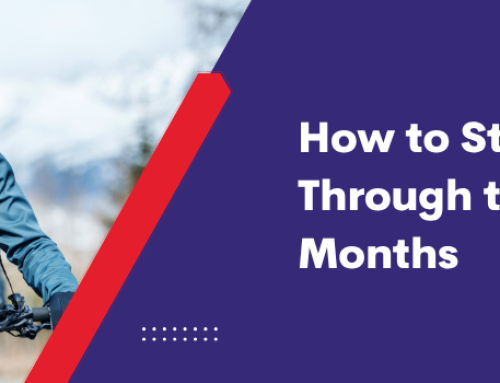A long distance cycle is about more than just the physical challenge. It’s also an opportunity to connect with your community and raise money for a cause that is close to your heart. For medical teams, this can be an ideal opportunity to connect with a mission that is close to your professional work, such as raising money for essential research.
This is one reason that long distance cycle challenges are so great for teams. It’s not just about the physical side – anyone can commit to a long distance cycle and train to complete it. It becomes more special when you are training with a group and you are united behind a second goal – raising as much money as possible for charity.
To achieve this goal, it takes a little extra planning and commitment. If planning a large group cycle, you can integrate other members of your medical team to help with the fundraising efforts. This will allow everyone to get involved, even if they won’t be in the saddle on the day.
Aligning with your medical mission
Perhaps the best way to maximise your fundraising efforts would be to align your goals with your medical mission. There are likely lots of charitable causes in your line of work, so you can raise funds for something that impacts your work every day.
You’ll be supporting the patients you see every day through your fundraising efforts, which can help to make the process more impactful. You’ll also be better equipped to start conversations about the fundraising efforts, as you’ll be well-versed in the research and the impact it has on patients.

Building a strong team
The team taking to the saddle is just one part of the team required to make this kind of fundraising effort effective. You can also enlist the help of other team members to spread the work and help with the fundraising outreach.
This could mean engaging your marketing and communications team to ensure they are spreading the word far and wide. You might also enlist the help of volunteers in the medical setting to help with things like organising donations or getting in touch with past patients.
A strong team will also be essential for cheering on your cycling team on the day. It’s an ideal opportunity to get everyone together outside of the work setting so they can encourage one another to do amazing things.
Pre-ride engagement
Before the race, you need to create buzz for the event so that everyone is excited for it. This could happen in your workplace, and it could be limited to staff areas, or it could be patient facing. Print posters with QR codes that will allow patients and other visitors to quickly donate. You can also involve key stakeholders within the organisation, with incentives for larger donations. For example, you could offer “sponsorship” space on your jerseys for the day to help drive donations from suppliers.

Maximising visibility on the road
A long-distance cycle is a perfect opportunity to spread the word about your work and your fundraising goals. Custom jerseys would be the ideal way to increase visibility and ensure everyone knows what you are riding in aid of. You could also stash a flag for when you cross the finish line together. Some people will also choose to colour-code their team with decorations on their bikes, shoes and helmets. This is a great way to make a bigger impact in your social media posts.
Leveraging PR and press
It’s not cynical to think about the positive press that you can enjoy on the back of a charitable endeavour like a long distance cycle challenge. In fact, this is one of the best ways to maximise the full potential of your campaign. Think about how to involve your communications team for some additional coverage from the local press. Often, it’s a simple case of simply crafting a good statement and press release in order to get some more attention on your fundraising efforts. You don’t have to stop fundraising once the race is over, and you could enjoy some last-minute donations on the back of this extra coverage.
Turning one ride into a legacy
Rather than think of this as a single ride and opportunity for fundraising, you should instead think of it as the start of something new. It could be the first of an annual long-distance cycle challenge, or it could be the first of many challenges that give you an opportunity to talk about your work and increase visibility for your fundraising efforts. This single ride could become a legacy event that transforms into an annual or even a quarterly challenge. This is not only great for your fundraising efforts, but it’s also a great way to attract new talent into your organisation.







Leave A Comment
You must be logged in to post a comment.